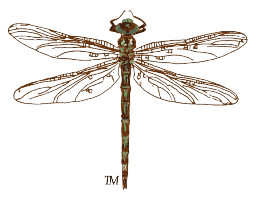Picture This Imposing Plant
And then guess, is it a native or an invasive?
Photo courtesy Mike Davis
Mike Davis
After a week of steady rain, I noticed a large white flower in the tall grass. At first glance, I thought it might be a winecup—but a closer look revealed an impressive array of spikes and sharp points. I posted a photo to my fellow Master Naturalists and received several replies. All identified the plant as a Prickly Poppy. The name is both appropriate and descriptive. Further research revealed many fascinating characteristics of this plant.
White Prickly Poppy: Native or Invasive?
White Prickly Poppy is native to Texas, and it is common in the East Central Texas Plains and the Edwards Plateau. Argemone albiflora - Native Plant Society of Texas
It is easy to grow and can tolerate a variety of soil types and moisture levels. Plant away from foot traffic to avoid spines and wear gloves to handle. All parts of the plant are toxic if ingested. Propagation: seed.
Blooms March-August. It produces nectar and pollen and is beneficial to beetles, nectar insects, and bees.
Beauty with a Warning
Prickly poppies are annual or biennial herbs that grow upright to about 3 to 5 feet tall. They’re covered with prickles and have large, showy flowers with six petals that may be white, yellow, or pinkish red. All species contain a latex-based sap that ranges from orange to yellow. This sap has been reported to have both beneficial and harmful properties. The seeds contain chemicals that cause blood vessel dilation and can lead to edema severe enough to cause death. Based on studies from India, it’s best to keep prickly poppy off the list of anything you’d consider ingesting.
Native Americans used the plant medicinally to treat burns and external sores. The Shoshone crushed the seeds and applied them to boils, burns, and other wounds. The Paiute made a salve from crushed seeds and used it in a similar way. The Kawaiisu also applied the salve to burns.
It was even used to treat head lice. The Shoshone heated the root for toothaches and used the sap as an eye salve. Both the Shoshone and the Comanche applied the yellow sap to the eyes, and the Shoshone also used roasted, crushed seeds as an emetic.
In Mexico, folk medicine applications of prickly poppy included both internal and external remedies. It was used as a purgative, for chest pains and asthma, and as a curative for bad blood, fading liver, fevers, and bad breath. External uses included treating poisonous bites and sore eyes.
The Tepehuan, an indigenous peoples of northern Mexico, crushed the leaves and stems to use as a fish-stupefying agent, a practice shared by the Tarahumara with several other toxic plants. Other unusual uses included tattoo dye and initiation rites. The Hopi reportedly used the plant to whip unruly children—something we would not recommend in the 21st century.
Despite all these traditional applications and uses by Native Americans, prickly poppy contains a high concentration of argemone oil, which can cause extreme edema and congestive heart failure and should be avoided.
Source: https://www.texasbeyondhistory.net/ethnobot/images/prickly-poppy.html
Best to admire this striking plant from a safe distance.
Photo courtesy Mike Davis


